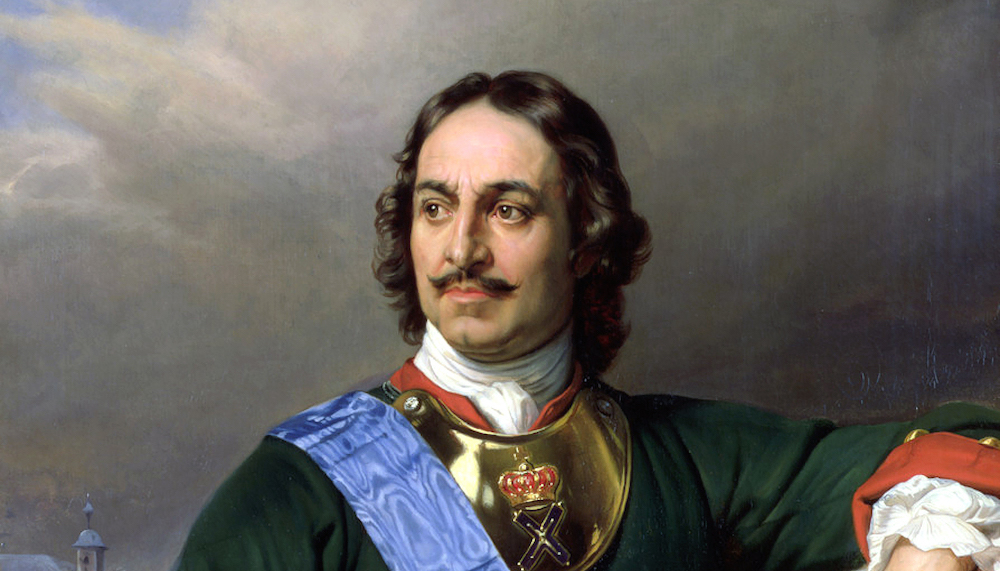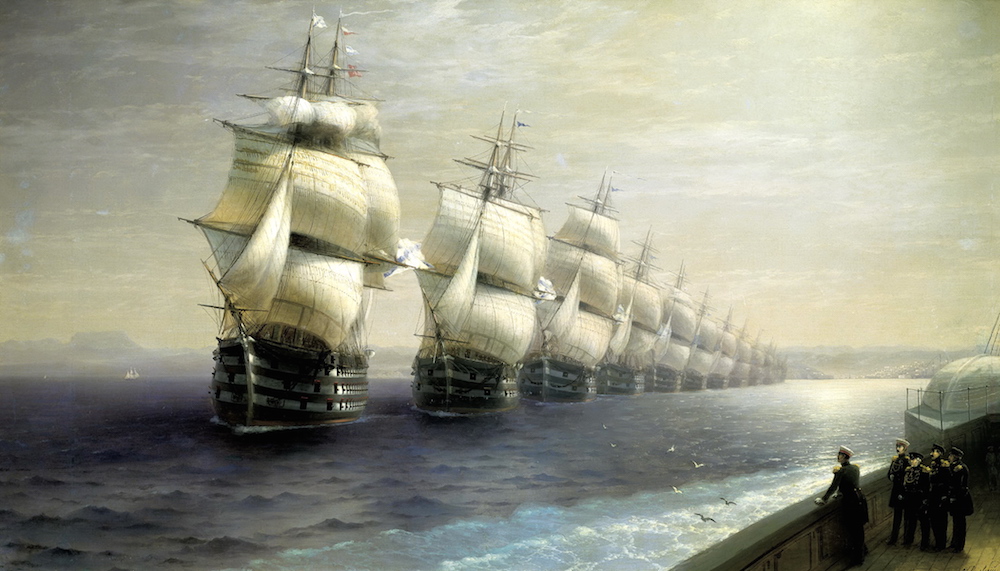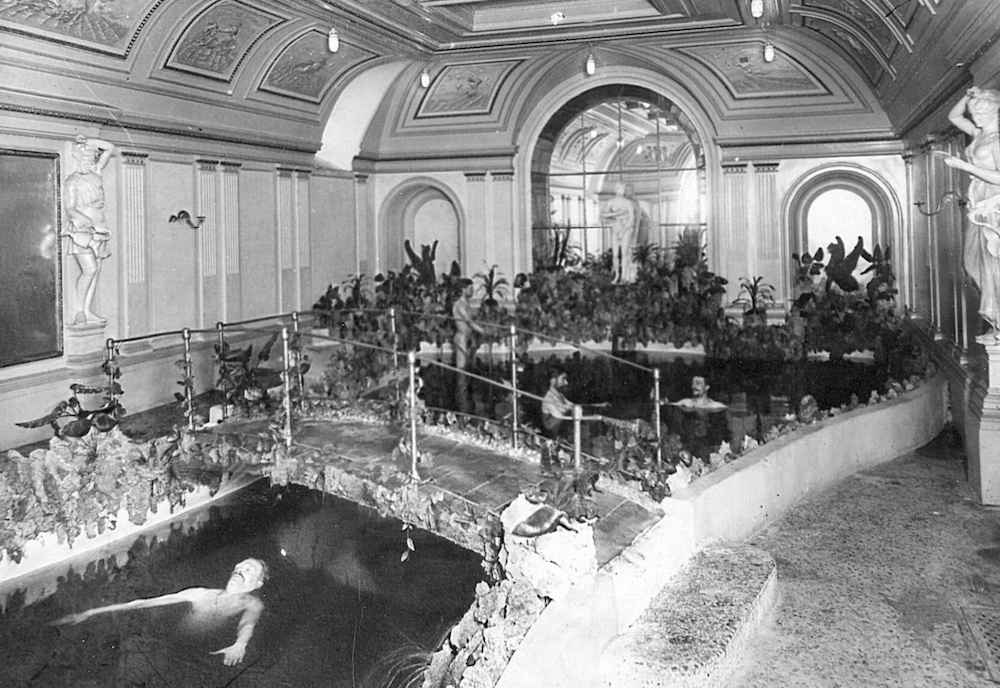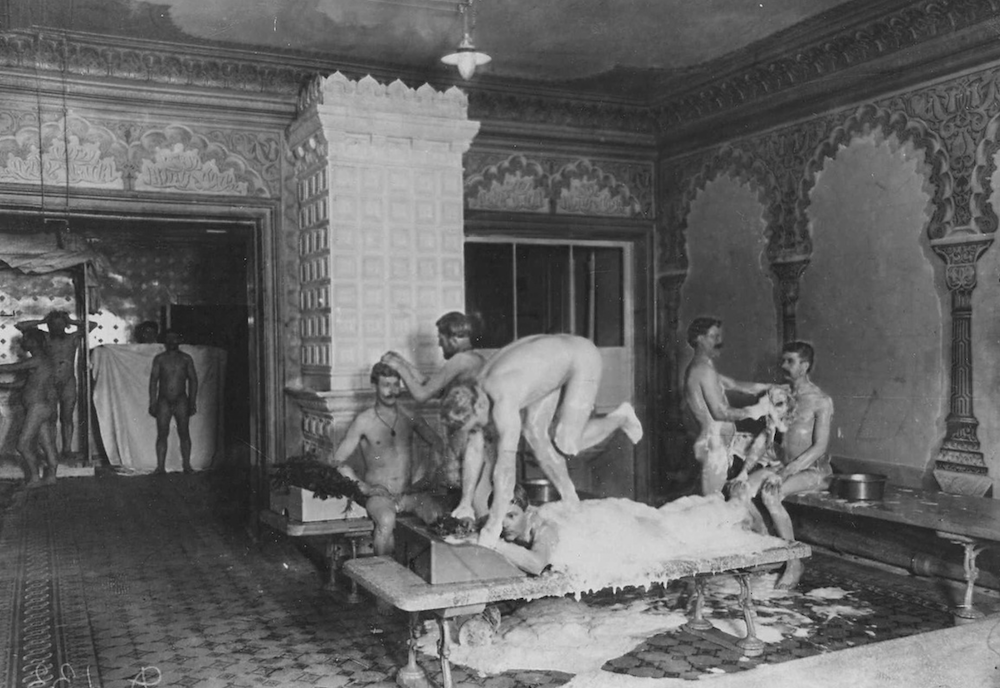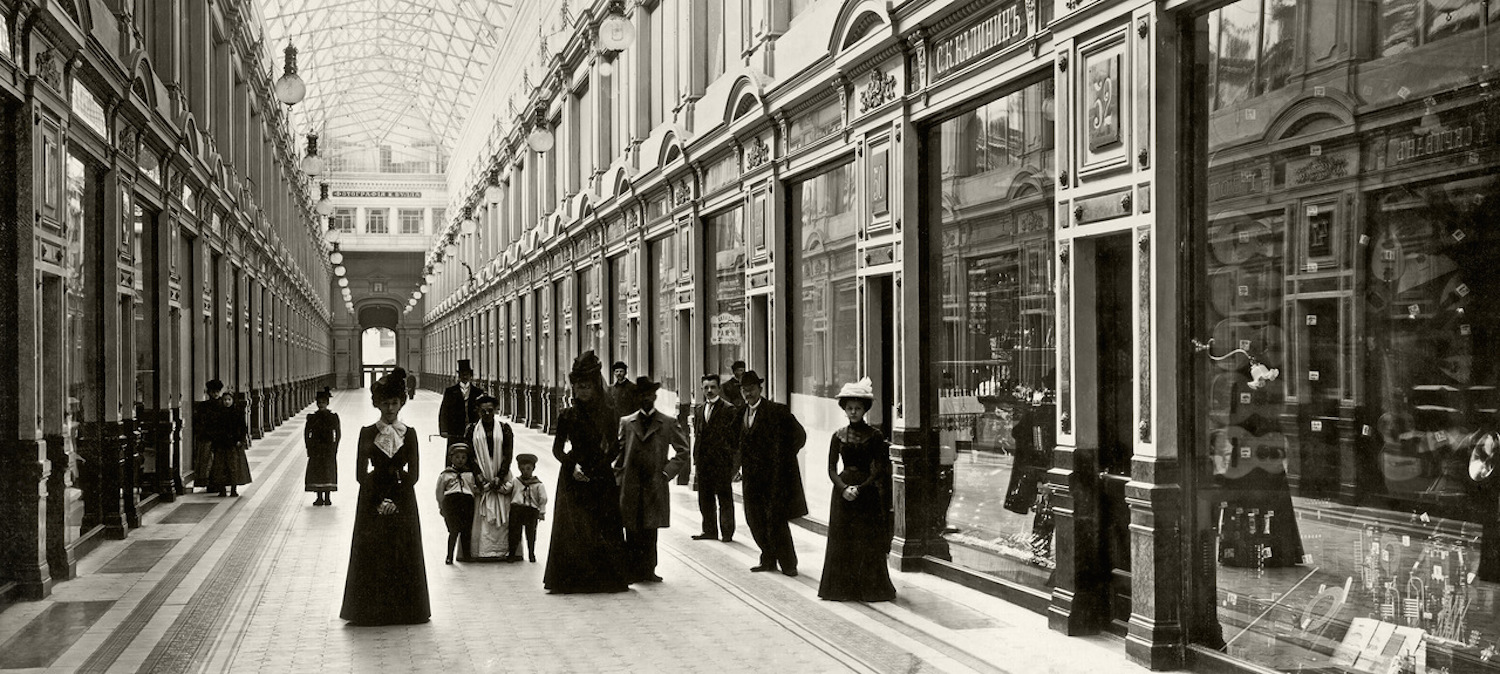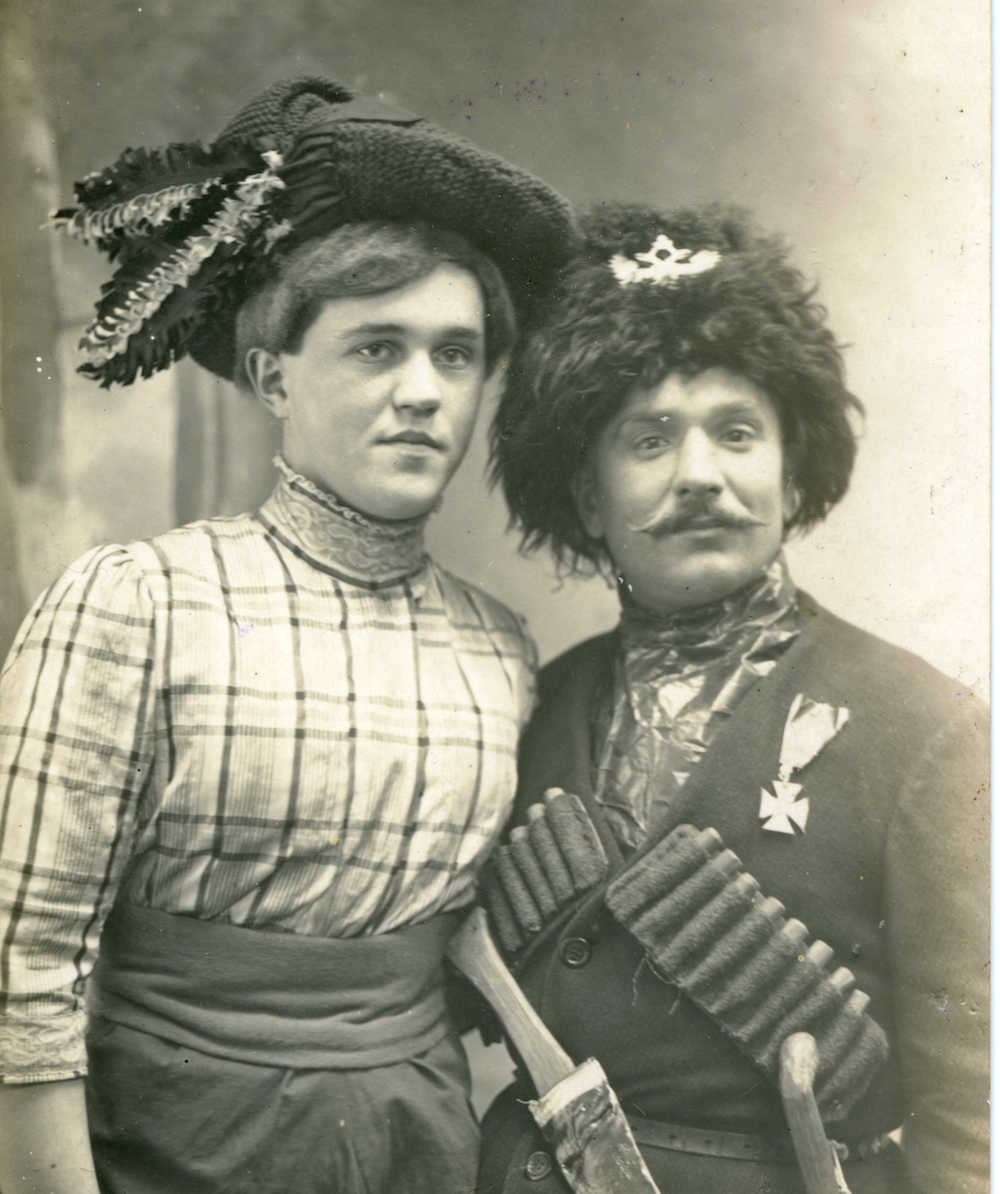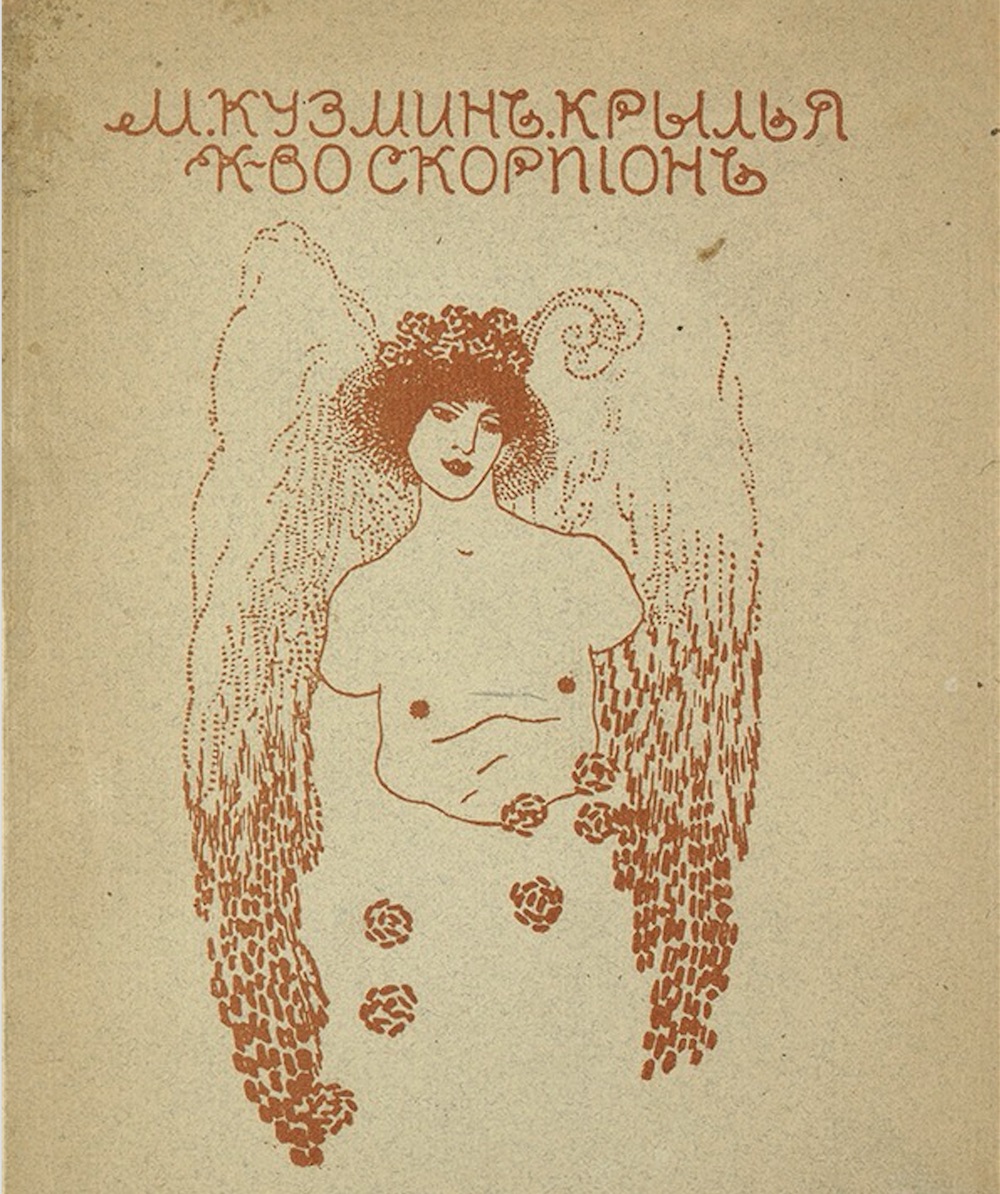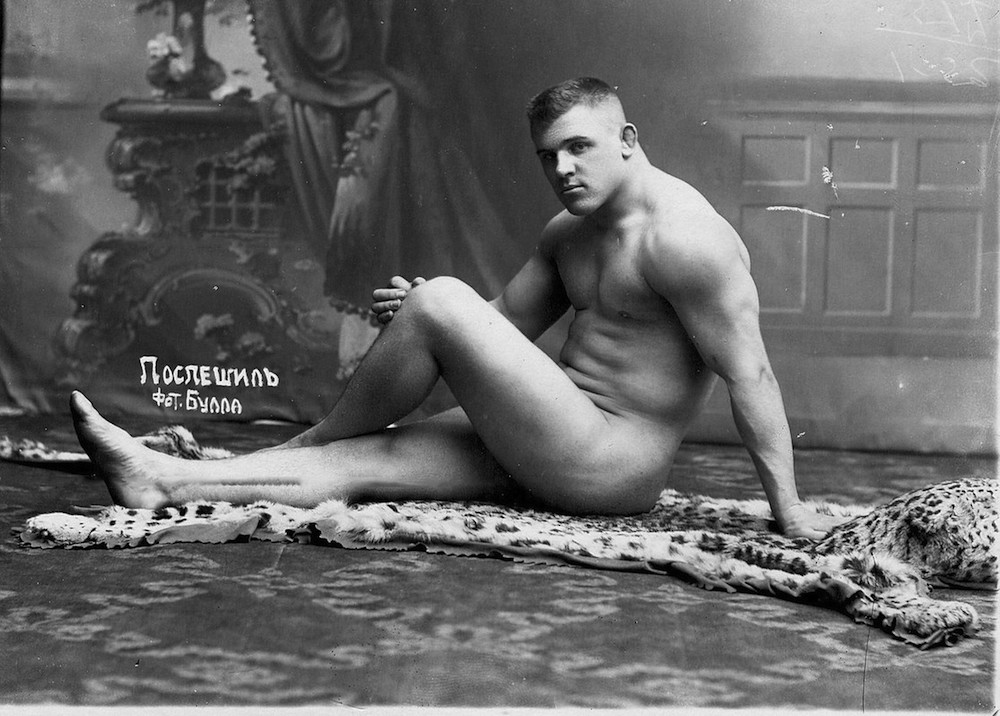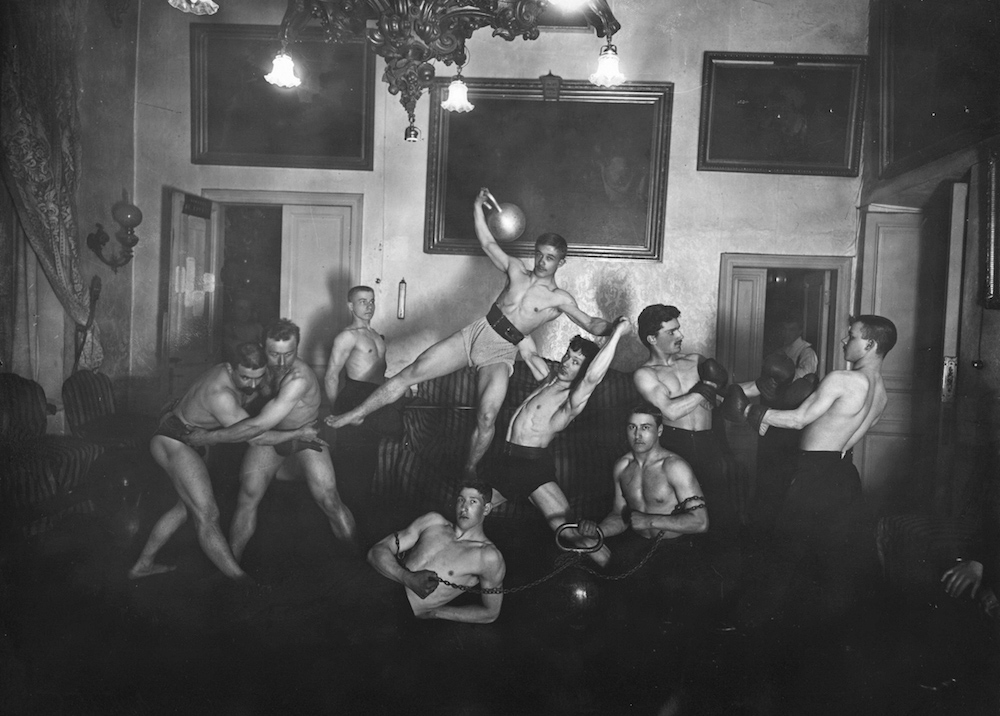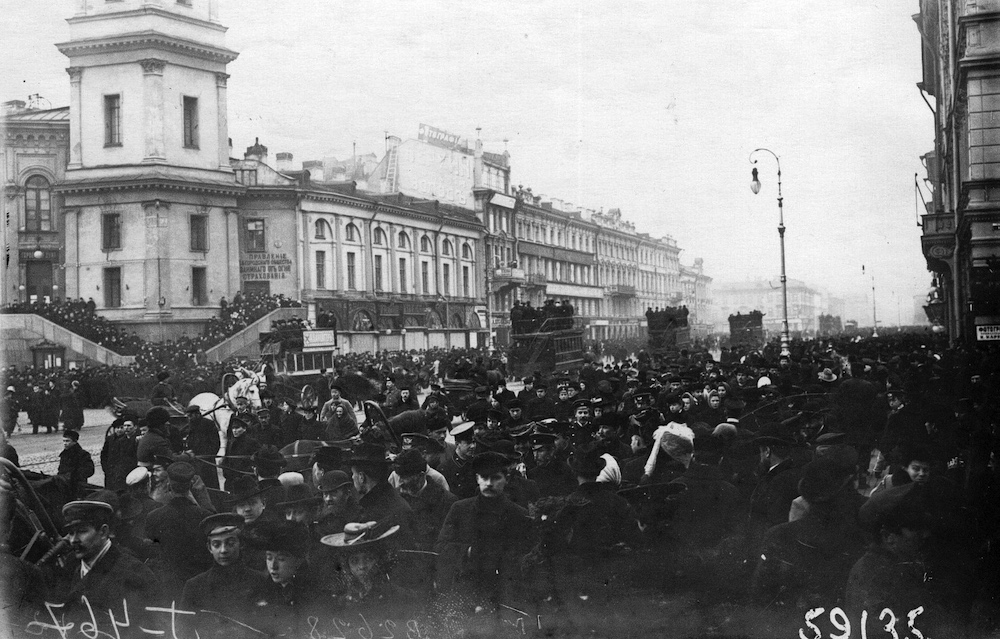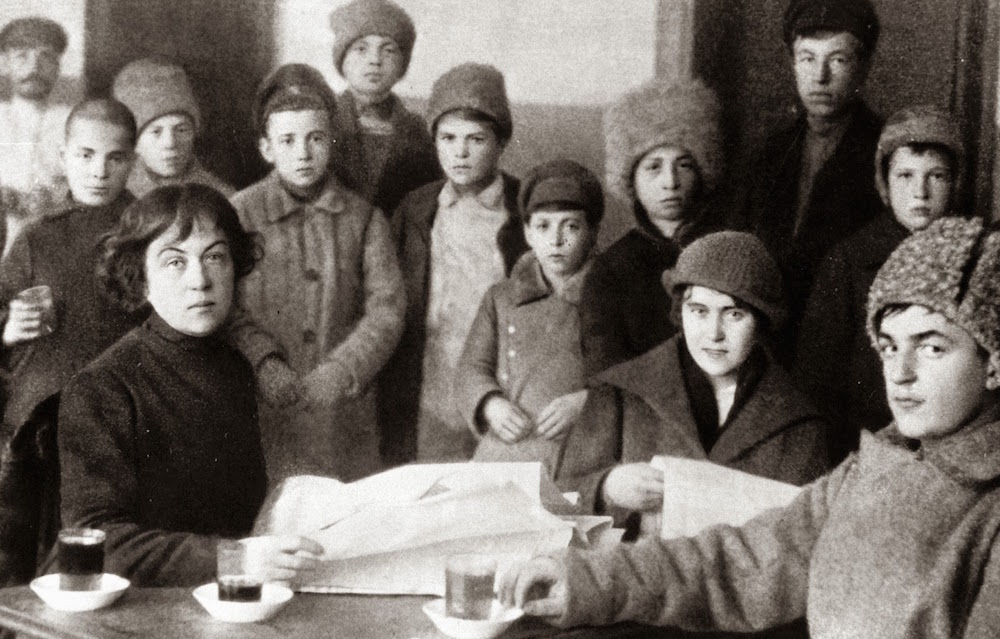Secret histories: LGBTQ life in pre-revolutionary Russia
Where can we turn to uncover the pre-history of LGBTQ rights in modern Russia?
It’s difficult to learn about LGBTQ history in a country where the community still struggles with homophobia at all levels of society. Most of the current research on the topic is still carried out by foreign scholars, and most of the the historical Russian texts on homosexuality, even when written by prominent scholars and writers, are disregarded. So where can we turn to learn about the phantom queer cultures that laid the ground for LGBTQ life in Soviet and post-communist Russia?
Historian Dan Healey, whose 2001 book Homosexual Desire in Revolutionary Russia was translated into Russian in 2008, argues that despite several prohibitive laws sexuality was considerably less regulated in pre-revolutionary Russia than elsewhere in Europe at that time. Several researchers claim that historical accounts show that before the 18th century, Russian society held rather lenient views toward homosexuality, and that homophobia was at least in part “imported” from Europe by Peter the Great — along with European traditions in food, architecture and fashion. Some argue that it was Peter’s father, Tsar Alexis, who first started persecuting gay people, but the first law that made homosexuality illegal (initially only for men in the army and navy) was signed by Peter in 1716. For civilians homosexuality was made illegal in 1835 — again for men only. However, not only there few recorded cases of these laws were actually applied, but the rapid urbanisation that followed the abolition of serfdom in 1861 allowed for LGBTQ communities to form in the capital, St Petersburg, as well as Moscow and other large cities.
In a 1913 essay on the relationship between religion and sexuality entitled Moonlight People, the prominent writer and philosopher Vasily Rozanov argues that homosexuality has been a historical part of not just Russian but Orthodox life, and points out that several works of religious medieval Russian literature, like the Lives of Boris and Gleb, contain strong hints that certain characters (usually saints and martyrs) were gay. Researchers have noted that the gay men of the country’s political elite of the time sometimes used their position to help advance their lovers’ careers — something that usually ended up as the subject of satire.
Sexuality was considerably less regulated in pre-revolutionary Russia than elsewhere in Europe at the time
In the 19th century the most well-studied members of the cities’ LGBTQ communities were the nobility — including members of the royal family — but their lives are still shrouded with mystery today, since honest, unprejudiced discussions of homosexuality (and sexuality in general) remain relatively taboo in Russia. One of the most prominent examples was Grand Duke Konstantin, grandson of emperor Nicholas I and uncle of Nicholas II, whose homosexuality was revealed in 1994, nearly 80 years after his death in 1915, when his candid diaries were published. Konstantin recalls in detail the internal turmoil he felt as he struggled to ignore his urges, especially when it came to attending public bathhouses, many of which were known centres of male prostitution.
Sex work is another aspect that has been studied widely, mostly because of the abundance of archival documents and mentions in contemporaries’ memoirs and newspapers. Female prostitution in Russia at the time was legalised and, to a degree, regulated; male prostitution developed along similar lines but remained underground. Several journalists of the time recorded the atmosphere inside bathhouses — some with hostility, others with curiosity.
The geography of the LGBTQ community in St Petersburg has also been extensively documented. Certain parts of the city centre around Nevsky Prospect became unofficial cruising spots: for example, the newly-built Passage department store, several central parks, theatres and restaurants. Another source of information for researchers are the anonymous denunciations made to the police — some of which detail the everyday lives and entertainment of the gay community in greater detail than can be found in history books. One such denunciation, published on Russian website Arzamas, detailed the house parties that a wealthy local held for his LGBTQ friends, featuring guests in drag, dancing until 4am and lavish dinners followed by orgies.
There are also accounts of early drag tendencies outside of private special invitation parties; several journalists of the time describe male prostitutes and their clients dressing up in women’s dresses, wearing makeup and acting “feminine” in public.
In 1906, the first Russian work of fiction exploring a homosexual relationship, Wings by Mikhail Kuzmin, was published in Vesy magazine. Formally a coming of age story, it centres on Vanya, a student who develops feelings for his university professor. Even though the novella was cautiously praised by some for the style, the majority of the literary elite, including those with otherwise progressive views, still criticised the publication. Kuzmin’s diaries are now one of the most valuable sources for mapping out the geography of historical gay St Petersburg.
When it came to the intelligentsia, lesbians were exoticised and not taken seriously — they were not seen as a threat to traditional patriarchal ways
There are very few records of lesbian communities or discussions of gay women. Female homosexuality was not acknowledged as a possiblity, hence never made illegal, and so there are no police archives and only a few medical accounts that discuss the “treatment” of lesbians. But even these, published by Arzamas, demonstrate only the vaguest discussion of the lesbian community. And when it came to the intelligentsia, lesbians were exoticised and not taken seriously — after all, they were not seen as a threat to traditional patriarchal ways.
As many liberal and protest movements and parties appeared at the beginning of the 20th century, the decriminalisation of homosexuality was discussed more and more, especially in legal circles. One of the leaders of this trend was Vladimir Nabokov (father of Lolita author Vladimir Nabokov), a well-known lawyer and one of the co-founders of the Constitutional Democratic Party. In fact, Nabokov was the first Russian politician who publicly supported gay rights, writing research papers on the legal status of the LGBTQ community in imperial Russia and advocating for the abolition of an outdated law. After the 1905 Revolution, however, came a crackdown on the gay community — as is so often the case, political reaction and homophobia were closely linked — and the laws against homosexuality were employed to charge people more than ever before.
After the revolution homosexuality was de-facto legalised in 1917 when all imperial laws were abolished. Some Bolsheviks, like Alexandra Kollontai, also worked in the World League for Sexual Reform that, among other aims, campaigned for a reform of laws on homosexuality and promoted tolerance around sexuality and gender. These steps towards a more accepting society were cut short in 1933 as Stalinist repression overtook over the country and male homosexuality was again criminalised, with gay people on occasion proclaimed spies, counterrevolutionaries and class enemies. And as a result, over the course of a long crackdown that lasted 60 years — until the post-Soviet constitution was introduced in 1991 — a community of LGBTQ rights activists began to grow on Soviet soil.
Text: Sasha Raspopina
This feature was originally published in January 2018 as part of our Being LGBTQ special report.
